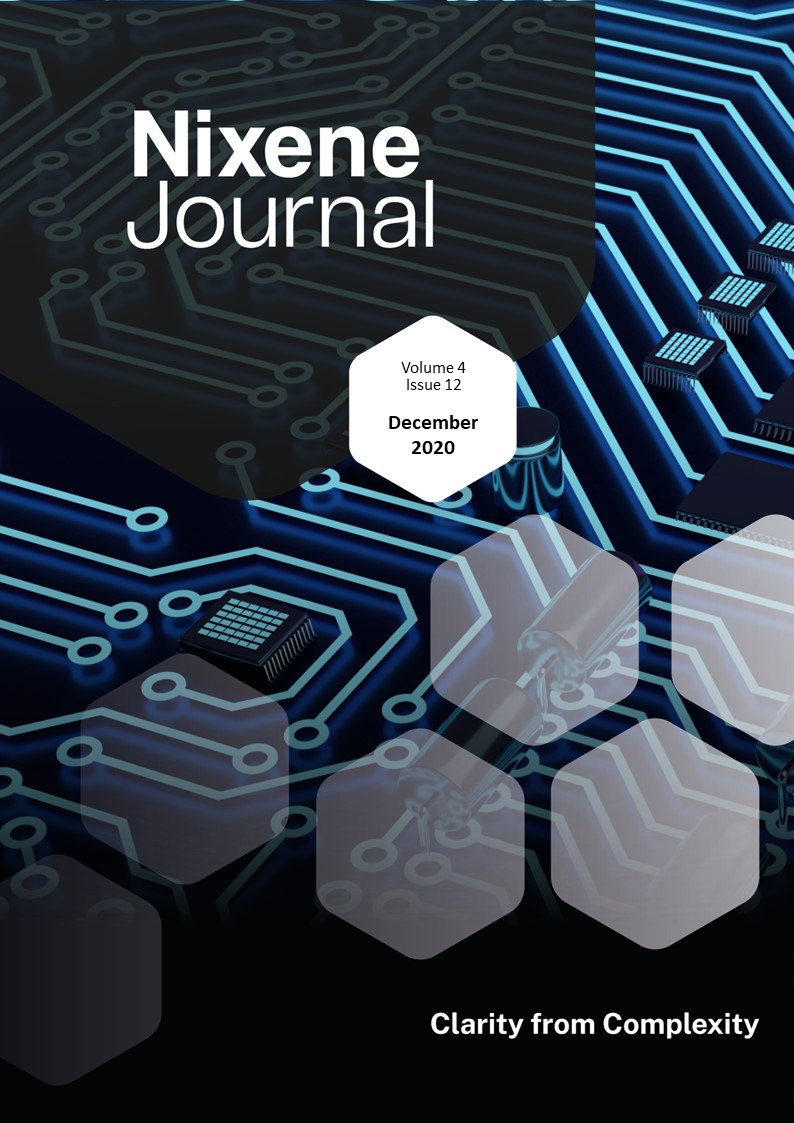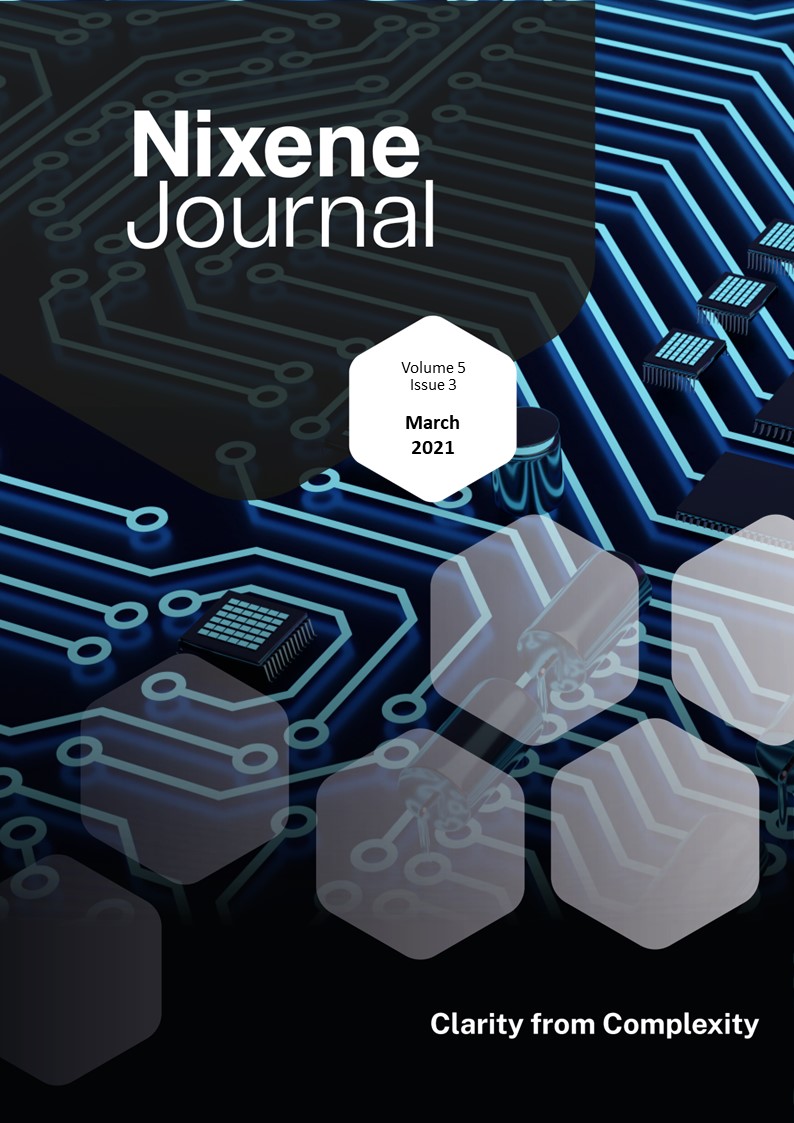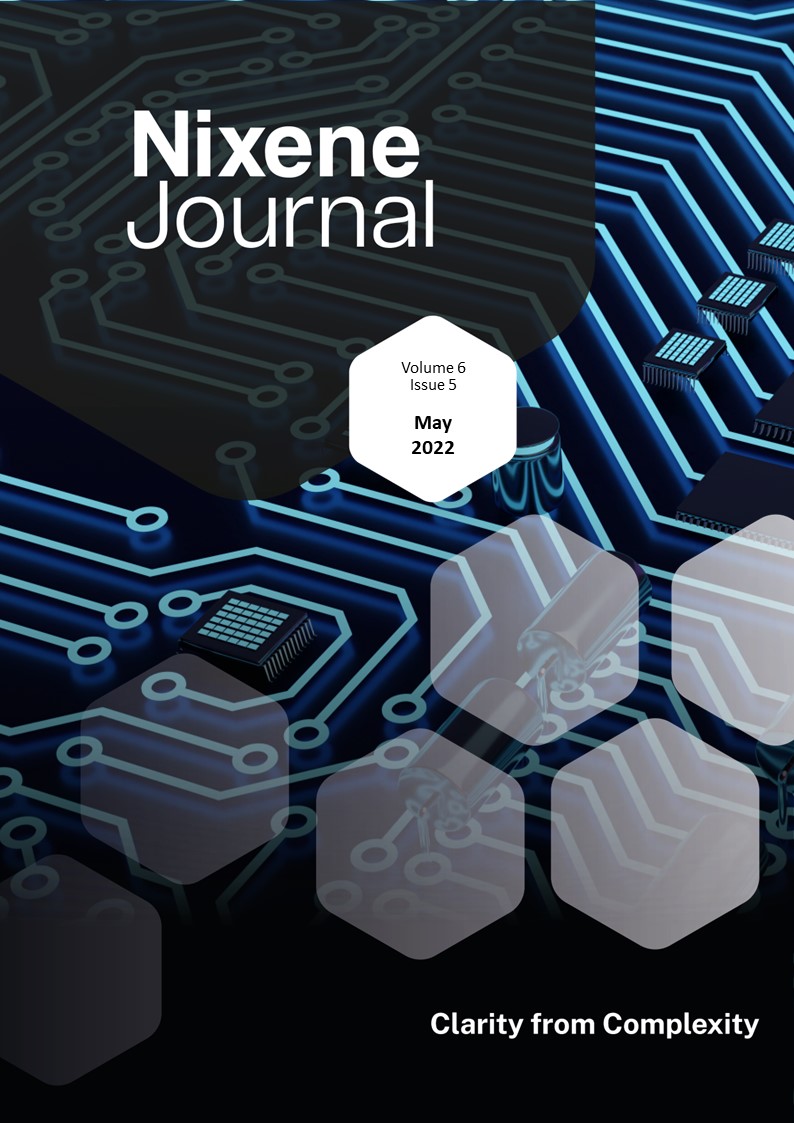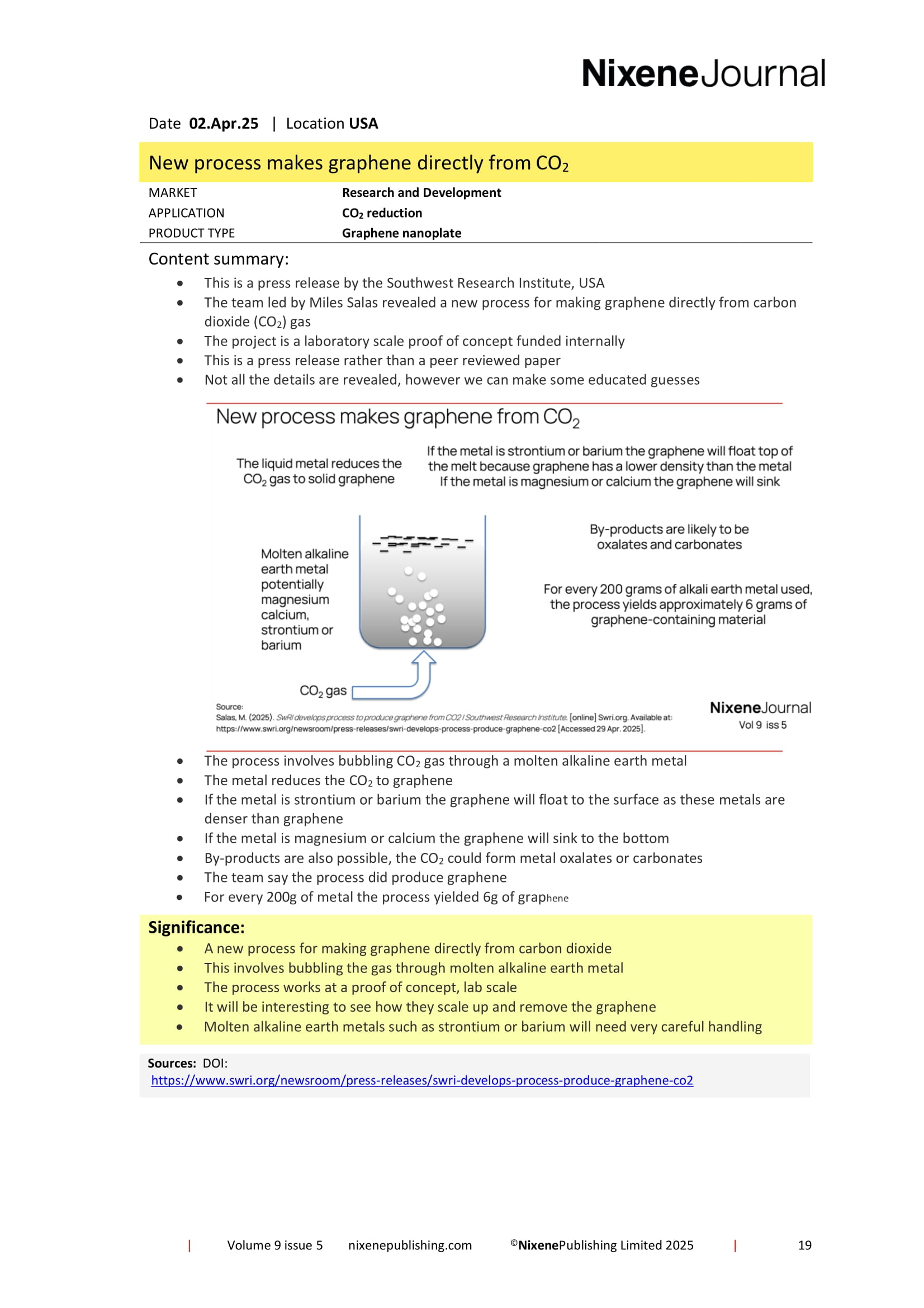Journals
This product is relevant to the following:
Material:
Other:
, ,Locations:
Markets:
Applications:
Product Types:
Technologies:
Related products
-

Vol 4 Issue 12
As fascinating as the technical developments are, it is the commercial side which needs highlighting in this summary this month. More evidence is mounting to support James Baker’s claim that graphene has reached a turning point and has overcome the hype of its early teens. We are starting to see noticeable movements in the five-year share price trends of graphene companies. Companies that have antiviral or battery applications are beneficiaries of renewed attention. I’ll draw your attention to the graphene companies share price section of this issue. There is a new graphene company, Sparc Technologies, launched on the Australian stock exchange. It has a deal to commercialise patents developed by the University of Adelaide and has attracted significant investor interest. Another Australian company GMG reported its series C investment round of AUD3million was oversubscribed. The company plans to float on the stock exchange next year. A new company called Toraphene has appeared making an eponymous product that is a graphene biopolymer that makes biodegradable packaging. It launched as a crowdfunded initiative and has raised nearly GBP700K already, double its ask. We have contacted the company and asked for more technical information about its products. Integrated Graphene Ltd, (IG) announced the completion of a GBP3.1 million round of investment in the business, IG is a UK Scottish-based tech company that manufactures a graphene foam that they call Gii. The company is targeting medical diagnostics and supercapacitors markets. Estonian supercapacitor company Skeleton is continuing its unstoppable rise. It announced it has raised EUR41.3 million ($48.5 million) in Series D financing This brings its total capital raised to over EUR93 million ($109 million) Lots of activity around graphene enhanced lithium-ion batteries for electric vehicles. As far as we can tell, this seems to be creating improvements in the life of the battery by maintaining the integrity of the electrodes. Improvements in charging time are also claimed. Tellingly, there is no evidence that graphene is improving the energy density of batteries. The rush to electric vehicles is creating a market pull for better batteries that the technology does not seem to be able to match. For now, if you want to travel further in your battery powered car, then you have to add more batteries. We finally discovered which tool is being used for the at-line Raman spectroscopy quality control for the production of graphene powders. First graphene has acquired the QT-Sampler made by BWTEK Metrohm. This allows the company to measure flake aspect ratio and number of layers of the graphene powders they produce. The data is used for statistical process control which means they have a sophisticated approach to making and characterising a consistent product. Adrian Nixon, 1st December 2020£45.00 View product -

Vol 5 Issue 2
Regular readers will be aware of my view that the field of graphene is moving faster than anyone realises. More evidence supporting this emerged this month. A team at Penn State university in the USA has been working on experiments with passing sound waves through sheets of graphene with precise holes drilled in hexagonal patterns. They made the acoustic analogue of twisted bilayer graphene and found the acoustic equivalent of the magic angle. So, as well as twistronics for electrons we now have phononics for sound waves in twisted bilayer graphene, and probably other 2D materials. A new field of scientific study made possible by graphene the progress really is astonishing. The US Government is starting to wake up to the power of graphene. James Tour’s flash graphene is attracting the attention. The team now can take the waste char from plastic recycling and turn it in to graphene that improves the strength of cement by 30%. Rice University says the Air Force Office of Scientific Research and the Department of Energy supported the research. Trade magazines in the construction sector are also picking up on this. Another development by James Tour; Laser induced graphene is being used to make biosensors that detect and diagnose SARS-CoV-2 in blood and saliva samples. The test links to a smartphone and produces results in ten minutes. More work is being done with graphene supercapacitors. It looks like increasing the surface area of graphene nanoplates by increasing the separation between the nanoplates increases the energy density. Cross linking the nanoplates with a big molecule that is also electrically conductive improves the supercapacitor performance still further. Computer graphics card manufacturer, Gigabyte, has launched a new high end gaming card. Graphene is being used to improve the cooling performance, interestingly not using the thermal properties, but using graphene as a lubricant. Investors seem to be taking a more active interest in graphene companies. Ionic, the Australian supercapacitor manufacturer has received $2million to develop its manufacturing operation. In the UK Versarien has raised another £3.5million and Applied Graphene Materials has raised £6million in cash by selling more shares. This gives both companies some financial breathing room but also raises the pressure to deliver revenue growth. And there is lots more of interest in this packed issue. Adrian Nixon, 1st February 2021£45.00 View product -

Vol 5 Issue 3
Graphene and 2D materials are still creating scientific progress and the pace is if anything speeding up. You may recall from 2018 that MIT discovered twisted bilayer graphene displayed superconductivity. Andre Geim said this was a genuine surprise when we interviewed him at the Graphene industry showcase event (Vol 4 Iss1 p.8). Well, the MIT team have been exploring this field of twistronics and have now found that using trilayer twisted graphene creates more robust superconductivity at slightly higher temperatures. This points the researchers towards more layers of graphene. Maybe people will start to realise multilayer sheet graphene is much more than graphite. In another development, liquid mercury has been turned into a solid by graphene and the resulting composite has promise for making a new generation of catalysts that could replace more expensive noble metals such as platinum and gold. This finding might also create the possibility to remove liquid mercury contamination from oil and gas processing. Sparc technologies in Australia has some profile this month. They have developed a functionalised graphene with the University of Adelaide. This is showing promise for land remediation and also early work is showing it has some value adsorbing precious metals from mining waste. Sustainability applications like these attract our attention, especially if followed by commercial success. Swedish company 2D fab is working on a project with Swedish research institutes to commercialise a new process for making hydrogen peroxide (H2O2) using graphene paper electrodes. H2O2 is an important industrial product used for bleaching and is an important ingredient in many consumer products. The current process for making H2O2 is energy intensive and creates waste. This new process promises to be lower energy without waste and is more environmentally sustainable. The project should complete by April 2023. Keeping the sustainability theme this month, we also see that the GEIC has started to engage with graphene enhanced concrete, This is really good news. Regular readers will know that we believe graphene in concrete will eventually become the biggest application because it has the potential to reduce global carbon dioxide emissions by 2% with very little impact on our lifestyles. A message that perhaps might reach the ears of those attending the UN Climate Chance conference later this year. As usual there is so much more to explore in this issue, including two special features by Debbie Nelson that are well worth reading. Adrian Nixon, 1st March 2021£45.00 View product -

Vol 6 Issue 5
Over the past five years, we have been paying attention to how graphene can improve battery technology. The market focus has been on batteries for electric vehicles. Graphene has been used in the electrodes, and this has made improvements in charging time and battery life. However, energy density has not been improved. Energy density is the amount of energy that can be squeezed into a given volume or mass. This is important for electric vehicles because the higher the energy density, the further a vehicle can travel for a given quantity of batteries. MIT have been paying attention to this battery development dynamic. A spin out company from the university called PolyJoule has developed a new battery (p. 21). This has even poorer energy density, one fifth that of lithium-ion technology, so this is not going to be used for electric vehicles. The MIT researchers have spotted another market – grid storage. These new batteries appear to be ideal for grid storage applications. They charge and discharge rapidly have a long battery life, do not require cooling, and do not need lithium and toxic heavy metals. These batteries are a new intermediate-type between lithium ion and lead-acid technology. We will pay closer attention to this company in the future because storing electricity from renewables such as wind and solar power requires effective grid storage batteries. Also in this issue, Debbie interviewed the CEO of Ceylon Graphene Technologies. This company has local access to some of the highest quality graphite in the world and is very well equipped to process and develop this into high quality graphene powders (p. 7). The company is actively working on new products and extending the value chain towards the market applications. It will be fascinating to see the results of this activity in the market in the coming years. Yet more fascinating research is being published. You may recall that Debbie met Chris Griggs and Sarah Grace Zetterholm of the US Army ERDC (Vol 5 iss 12, p.10). Their team has developed a graphene filter that removes the toxin produced by algal blooms. This filter cleans up poisoned water that is harmful to humans and fish(p.13) Staying with the biology theme, researchers in the Netherlands have developed a graphene sensor that can listen to the sounds made by individual bacteria. This sensor could find uses exploring the effectiveness of antibiotics with unprecedented precision. Another team in the Netherlands has been developing graphene sensors for testing in space. SpaceX launched these sensors this month. The sensors are now approaching a sun synchronous orbit where their performance will be evaluated. Graphene really is out of this world, and as usual there is so much more to read in this issue. Adrian Nixon, 1st May 2022£45.00 View product



